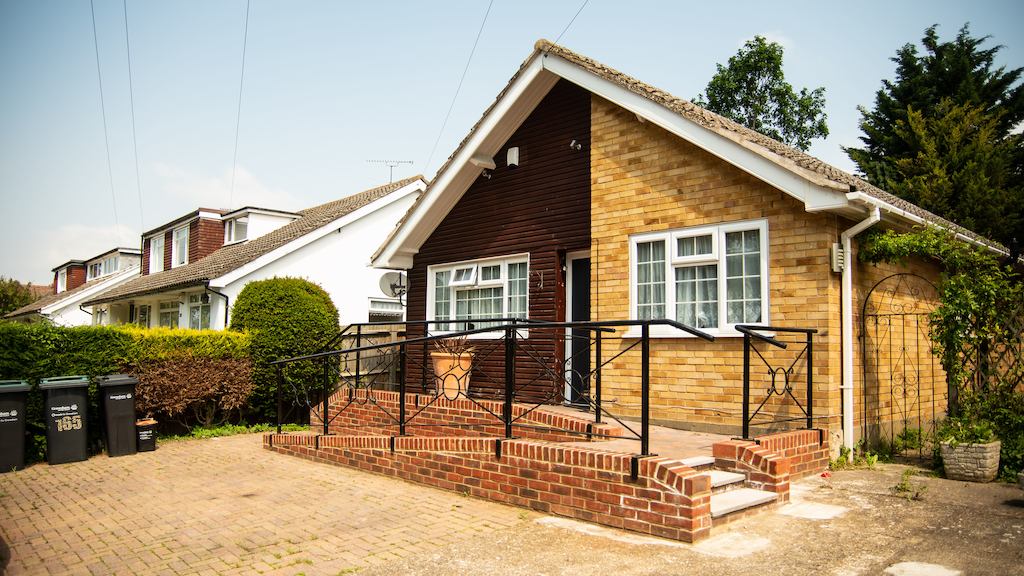By our late 80s, more than one-in-three people will have difficulty with five or more basic daily activities, like washing and dressing. And actually, ill health for many starts in mid-life, with 50-64-year olds having a long-term health condition such as high blood pressure, arthritis or breathing problems.
A suitable home is crucial for our health and wellbeing as we grow older. It can keep us safe and free from injury and falls, enable us to remain active and independent, and help us avoid costly health and social care. This will become ever more important as the number of people living into their 70s, 80s and 90s continues to grow.
And yet, the inadequacy of some of the housing in the UK is compounding problems. Research carried out by the Centre for Ageing Better shows that we have the oldest housing stock in the EU, with homes that are cold, damp and generally in a poor state of repair dominating the market. These poor quality homes are disproportionately lived in by older people, with 1.3 million people aged 55 and over living in a home with at least one ‘category one hazard’ – defined as something that poses a serious threat to health or safety. This can range from damp and mould, and excess cold or heat to the ergonomics related to living in the space, and structural collapse and falling elements.
Our homes are also largely inaccessible – just 7% have all four accessibility features that make them welcoming to most people, like level access and a toilet at entrance level. This matters, given 90% of over-65s live in ordinary flats and houses, rather than specialist retirement properties.
The lack of suitable and affordable housing options for people as they age is leading many to stay put until a crisis forces them to move. Our research with Greater Manchester Combined Authority reveals that many over 50s cannot move home in the way that they would like – people over 50 make half as many moves compared to the rest of the population. Although those with higher levels of wealth can move more easily, and those on the lowest incomes receive more support from social care providers, those on low- and middle-incomes can find themselves trapped in homes that are no longer appropriate for them.

